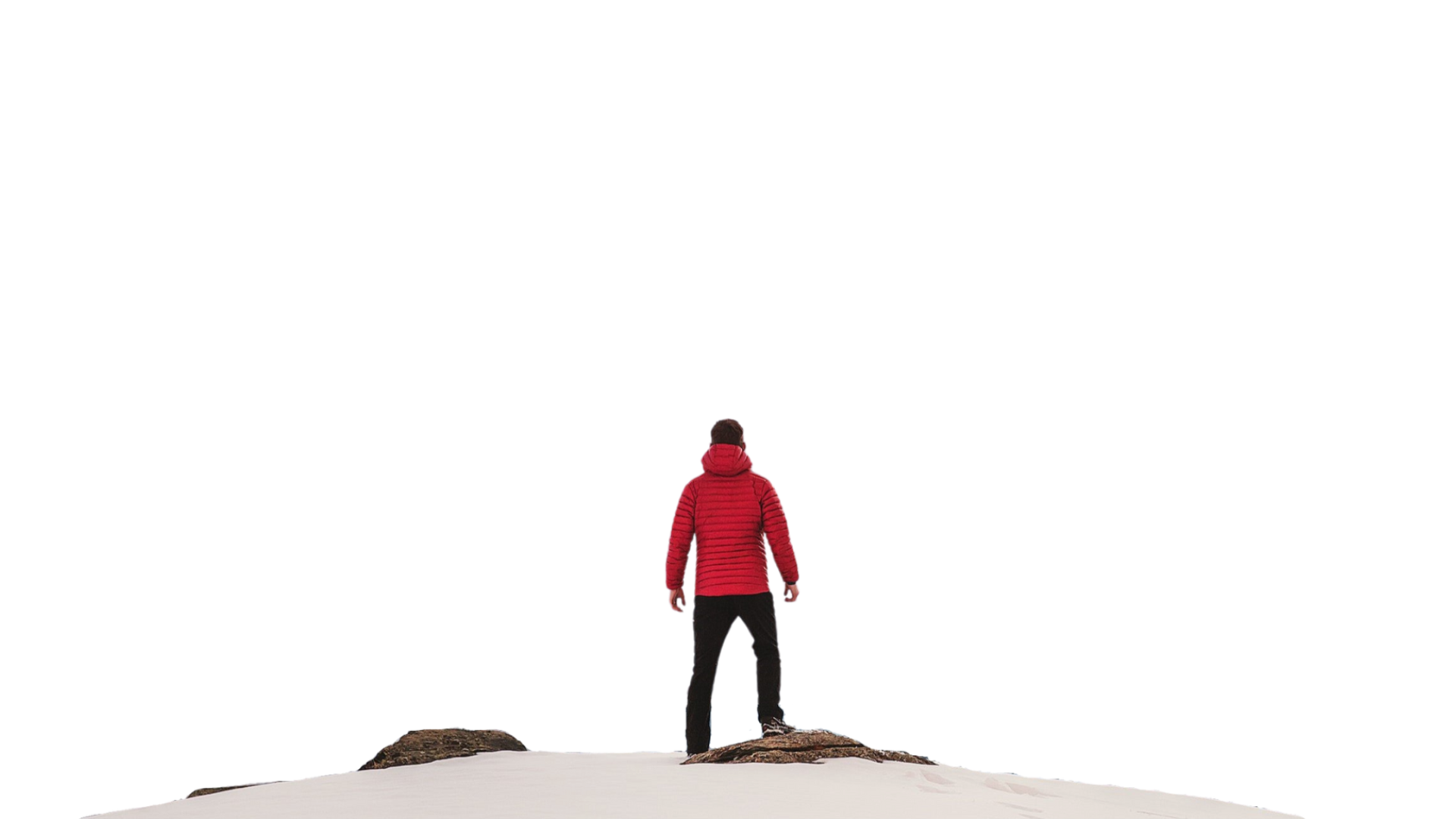

ADVENTURE
Adventure Time !
Adventure Time is an American fantasy animated television series created by Pendleton Ward and co-produced by Frederator Studios for Cartoon Network. The series follows the adventures of a boy named Finn (Jeremy Shada) and his best friend and adoptive brother Jake (John DiMaggio)—a dog with the power to change size and shape at will. Finn and Jake live in the post-apocalyptic Land of Ooo, where they interact with Princess Bubblegum (Hynden Walch), the Ice King (Tom Kenny), Marceline (Olivia Olson), BMO (Niki Yang), and others. The series is based on a 2007 short film that aired on Nicktoons. After the short became a viral hit on the Internet, Nickelodeon's executives passed on its option before Cartoon Network commissioned a full-length series from Fred Seibert and Ward, which was previewed on March 11, 2010. The same year, the series premiered on Cartoon Network on April 5, and it ended its eight-year run on September 3, 2018.
Adventure Time was a ratings success for Cartoon Network, with some of its episodes attracting over three million viewers, and despite being aimed primarily at children, the show has developed a following among teenagers and adults. Adventure Time has received universal acclaim from critics, with much praise for its originality and worldbuilding.
Biking
Cycling, also known as bicycling or biking, is the activity of riding a bicycle or other type of cycle. It encompasses the use of human-powered vehicles such as balance bikes, unicycles, tricycles, and quadricycles. Cycling is practised around the world for purposes including transport, recreation, exercise, and competitive sport.
Cycling became popularized in Europe and North America in the latter part and especially the last decade of the 19th century.[4] Today, over 50 percent of the human population knows how to ride a bike.
The bicycle has been used as a method of reconnaissance as well as transporting soldiers and supplies to combat zones. In this it has taken over many of the functions of horses in warfare. In the Second Boer War, both sides used bicycles for scouting. In World War I, France, Germany, Australia and New Zealand used bicycles to move troops. In its 1937 invasion of China, Japan employed some 50,000 bicycle troops, and similar forces were instrumental in Japan's march or "roll" through Malaya in World War II. Germany used bicycles again in World War II, while the British employed airborne "Cycle-commandos" with folding bikes.
Para gliding
Paragliding is the recreational and competitive adventure sport of flying paragliders: lightweight, free-flying, foot-launched glider aircraft with no rigid primary structure.[1] The pilot sits in a harness or in a cocoon-like 'pod' suspended below a fabric wing. Wing shape is maintained by the suspension lines, the pressure of air entering vents in the front of the wing, and the aerodynamic forces of the air flowing over the outside.
Despite not using an engine, paraglider flights can last many hours and cover many hundreds of kilometres, though flights of one to five hours and covering some tens of kilometres are more the norm. By skillful exploitation of sources of lift, the pilot may gain height, often climbing to altitudes of a few thousand metres.
Surfing
Surfing is a surface water sport in which an individual, a surfer (or two in tandem surfing), uses a board to ride on the forward section, or face, of a moving wave of water, which usually carries the surfer towards the shore. Waves suitable for surfing are primarily found on ocean shores, but can also be found as standing waves in the open ocean, in lakes, in rivers in the form of a tidal bore, or in wave pools.
The term surfing refers to a person riding a wave using a board, regardless of the stance. There are several types of boards. The Moche of Peru would often surf on reed craft, while the native peoples of the Pacific surfed waves on alaia, paipo, and other such water craft. Ancient cultures often surfed on their belly and knees, while the modern-day definition of surfing most often refers to a surfer riding a wave standing on a surfboard; this is also referred to as stand-up surfing.